
Neck Pain
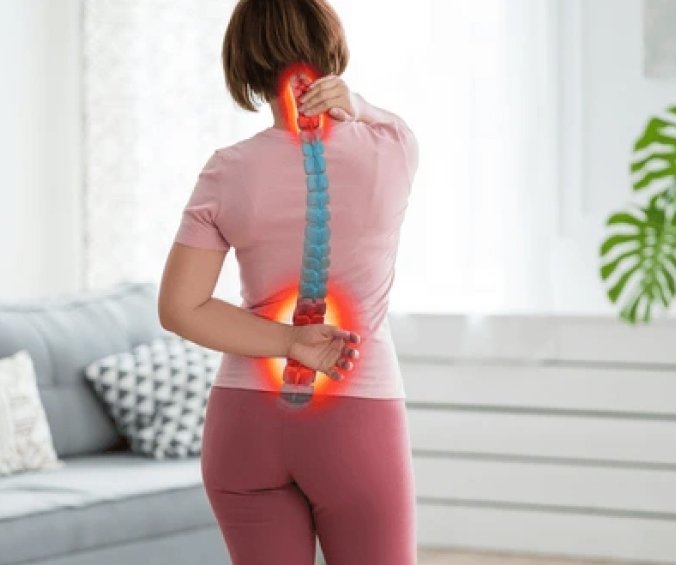
Degenerative Conditions
Degenerative conditions of the neck involve the gradual deterioration of the cervical spine’s structures, including the intervertebral discs, facet joints, and vertebrae. Common degenerative issues include cervical disc degeneration, where discs lose hydration and elasticity, and cervical spondylosis, characterized by arthritis and bone spurs that affect the facet joints and spinal structures. These conditions can lead to neck pain, stiffness, and reduced range of motion, and may also cause nerve compression, resulting in symptoms like radiating pain, numbness, or weakness in the arms. Treatment typically focuses on managing pain and improving function through physical therapy, medications, and lifestyle adjustments. In severe cases, surgical options may be considered to address nerve compression or structural changes.
Cervical Radiculopathy
Cervical radiculopathy occurs when a nerve root in the cervical spine (neck) is compressed or irritated, often due to conditions such as a herniated disc, spinal stenosis, or degenerative changes. This compression can cause pain, numbness, tingling, or weakness that radiates from the neck into the shoulder, arm, or hand, depending on which nerve root is affected. Symptoms may worsen with neck movements or specific positions. Treatment generally focuses on relieving nerve compression and managing symptoms through physical therapy, medications, and sometimes injections. In cases where conservative treatments are ineffective, surgical options may be explored to alleviate pressure on the affected nerve root and restore function.
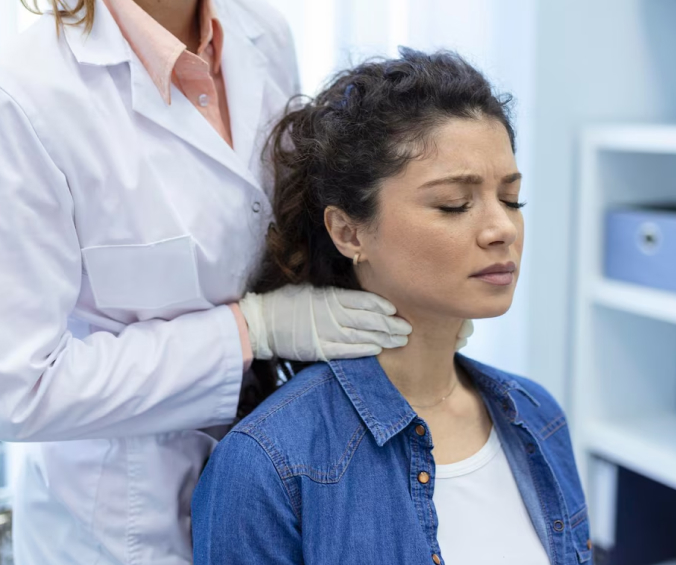
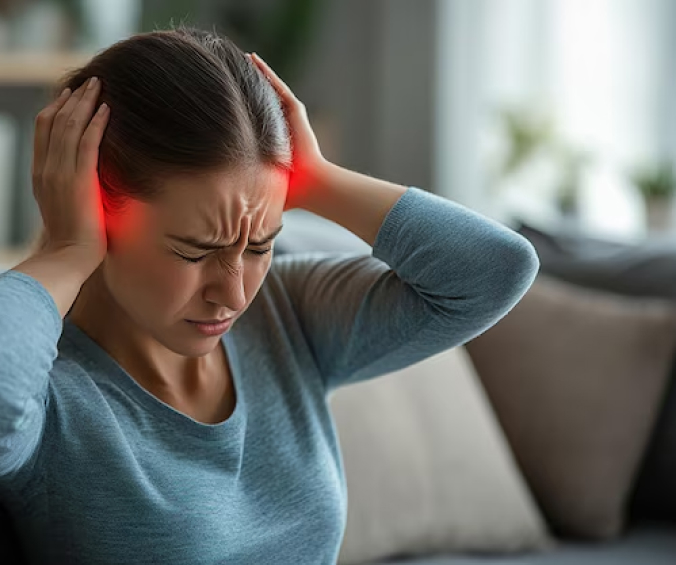
Cervicogenic Headaches
Cervicogenic headaches are a type of secondary headache originating from issues in the cervical spine (neck) and its surrounding structures. These headaches are typically characterized by pain that begins in the neck or base of the skull and radiates to the forehead, temples, or behind the eyes. They are often accompanied by neck stiffness, reduced range of motion, and pain triggered by certain neck movements or positions. Cervicogenic headaches can result from cervical spine disorders such as degenerative disc disease, facet joint dysfunction, or muscle tension. Treatment usually involves addressing the underlying neck issues through physical therapy, improving posture, and using medications to alleviate both headache and neck pain.
Muscle Pain
Muscle pain in the neck, also known as cervical muscle strain or myofascial pain, typically arises from overuse, poor posture, or sudden movements that strain the neck muscles. This type of pain is often characterized by a dull, aching sensation or sharp, localized discomfort in the neck and upper shoulders. It may be accompanied by muscle stiffness, limited range of motion, and tenderness to the touch. Common causes include prolonged periods of sitting or working at a computer, sleeping in an awkward position, or engaging in repetitive activities. Treatment generally involves rest, applying heat or ice, and performing stretching and strengthening exercises to relieve muscle tension and improve flexibility. Over-the-counter pain relievers or muscle relaxants may also be used to manage symptoms.
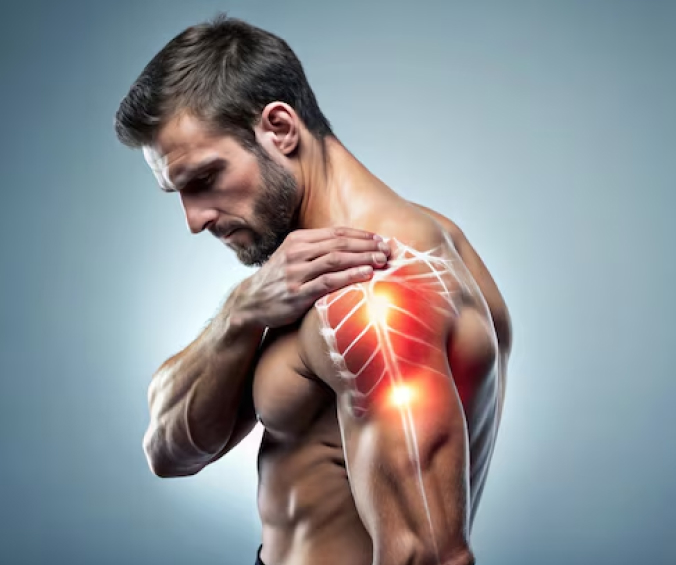
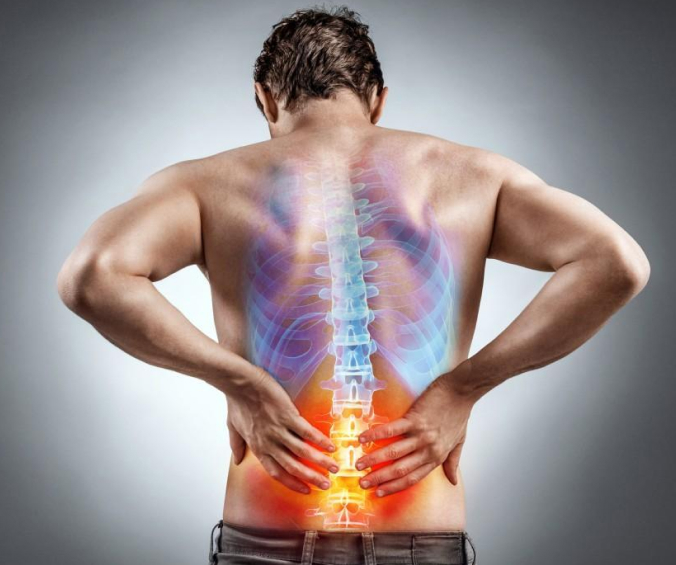
Spinal Stenosis
Spinal stenosis in the neck, also known as cervical spinal stenosis, occurs when the spinal canal in the cervical spine narrows, compressing the spinal cord and nerves. This narrowing can be caused by age-related changes such as degenerative disc disease, bone spurs, or thickened ligaments. Symptoms often include neck pain, stiffness, and radiating discomfort or weakness in the arms, hands, or legs. Patients may also experience difficulties with balance or coordination. Treatment aims to alleviate symptoms and may involve physical therapy, medications for pain and inflammation, and lifestyle modifications. In severe cases, surgical options may be considered to relieve pressure on the spinal cord and nerves and improve function.
